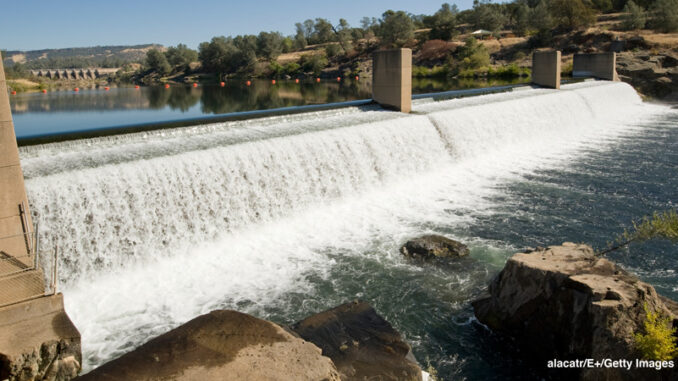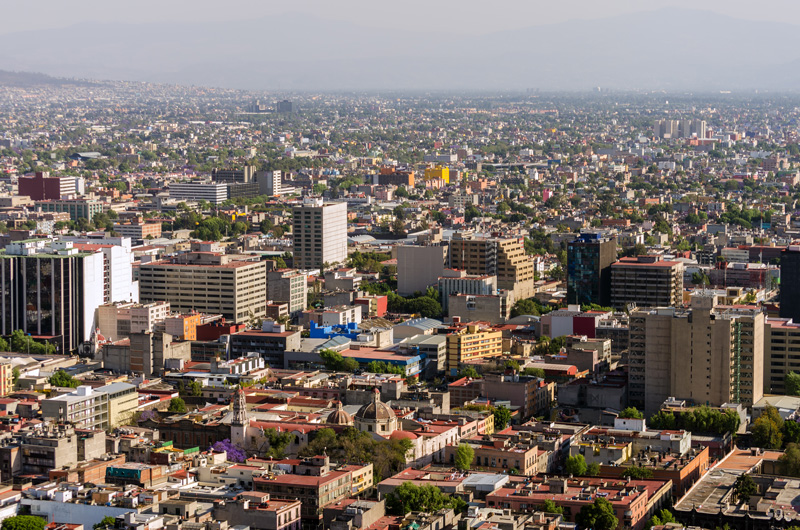
Puzder Steps Down
Last Wednesday, Andrew Puzder, President Trump’s pick for labor secretary, withdrew his nomination for the cabinet. Mr. Puzder made the announcement after it became clear that he would not have enough support in the Senate to gain confirmation.
Puzder, the CEO of a restaurant chain that includes Hardee’s and Carl Jr’s, has been opposed by Democrats and pro-labor activists since his cabinet nomination was announced on December 8. He came under heavy criticism for opposing a $15 minimum wage, for vocally opposing the Affordable Care Act (“Obamacare”), for opposing overtime protections and sick days, for his sexist television ads, and for suggesting that robots would make better employees than humans.
However, as of 2013, a cabinet nominee only needs 51 votes in the Senate in order to gain confirmation, meaning that the opposition of Democratic senators alone would not have been enough to defeat Puzder. Lately, Puzder has come under fire from Republican senators as well, largely due to the fact that he once employed an undocumented worker as a housekeeper in his home. Puzder denied knowing that the woman was an illegal immigrant at the time, and insisted that once he found out, he and his wife ended her employment, paid back taxes on her wages, and offered to help her gain legal status. Nevertheless, four Republican senators stated their firm plans to vote against him, while an additional eight expressed hesitation. Once it was clear that there was no viable path to confirmation, Puzder made the decision to withdraw his nomination.
Now, President Trump must choose a new labor secretary nominee.
Dig Deeper Alexander Acosta is Trump’s newest name for labor secretary. Using Internet resources, learn more about Acosta and describe if, in your opinion, he is a suitable improvement on Puzder? What are their similarities and differences?
California Rainstorms Challenge Dams
After five years of drought, California is now facing its rainiest year in history. Now, unrelenting storms–plus snowmelt from the Sierra Nevada mountains–are taxing some of California’s older dams, with potentially deadly consequences.
California has 1,585 dams. Of these, 17 are listed in poor condition and 97 in fair condition. Many of them were built in the middle of the last century, and were not designed to deal with the kind of severe weather that the state is currently experiencing. Last week, nearly 200,000 people were evacuated from Northern California in the area near the Oroville Dam–the tallest in the nation–when an emergency spillway failed. Though the evacuation order was lifted late on Valentine’s Day and the nearby citizens no longer face an immediate threat, another series of heavy storms is expected to hit the area this week, which could bring up to three inches of rain to low-lying regions.
Officials point out that the government is much more willing to spend money on new projects, for which they gain publicity, than on maintaining old infrastructure. Repairing the Oroville Dam, for example, will take at least five years and cost about half a billion dollars. As climate change causes more intense and frequent storms, more and more of the state’s dams are expected to face similar problems. In addition, California’s network of fault lines makes designing and building a reliable dam more difficult.
The state has submitted proposals for $100 billion worth of projects to the federal government. President Trump has indicated that he would be receptive to plans to improve infrastructure. However, California’s dams are considered to be the best in the nation–meaning that if dams are beginning to fail there, the problem could be national one.
Dig Deeper Is there a dam near you? Use Internet resources to locate the closest dam. When was it built? How is it maintained? Write a letter to the editor of your local newspaper expressing any concerns you may have about the dam’s reliability, age, or maintenance.
What’s Ahead for the EPA?
Throughout his campaign last year, President Trump indicated several times that he would like to put an end to the Environmental Protection Agency (EPA), which protects human health and the environment by establishing laws dealing with clean air, clean water, and climate change. Last week, Congress put forward a bill that seemed to confirm that Trump is planning to make good on his promise: HR 861, which stated that it would terminate the EPA on December 31, 2018.
While the legislation raised an immediate public outcry, it is unlikely that anything will come of it. HR 861 was introduced by a new representative less than a month into his first term, and has only three cosponsors. Rather, it is an example of what is considered a “messaging bill,” which means that its goal is just to attract public attention. One single bill cannot take apart an entire federal agency.
Of much greater concern to environmentalists was this week’s confirmation of Scott Pruitt as the new head of the EPA. As Oklahoma Attorney General, Pruitt has a long history of fighting against the very agency he now heads up: he has sued the EPA many times and has blocked policies designed to address climate change. It is possible that Pruitt plans to unravel the EPA slowly, from the inside out, by shutting down many of its core functions. One of the key items on the chopping block is likely to be the Clean Power Plan, which was President Obama’s primary legislation addressing climate change. In addition, a Republican-controlled Congress has already used the Congressional Review Act to undo several of Obama’s environmental regulations. President Trump has stated that he may sign several executive orders to this end as well.
In other words: while environmentalists have little to fear from HB 861, the road ahead for the EPA under the Trump administration is likely to be a long and difficult one.
Dig Deeper Use Internet resources to research the EPA, including when and why it was formed. What are some of the likely consequences if it is dismantled?
Mexico City’s Water Crisis
When we talk about global warming and rising sea levels, we usually imagine that people living in coastal areas will be the most affected. However, Mexico City–located nowhere near any ocean–is already feeling the devastating effects of climate change.

Kraft/Shutterstock
The booming city of 21 million inhabitants has grown rapidly, from 30 square miles in 1950 to roughly 3,000 square miles today. The ever-increasing demand means that the city must keep drilling deeper for water, weakening the ancient clay beds on which the city is built and causing parts of it to begin to sink and collapse. As global temperatures rise, the problem gets worse: more heat and drought means greater demand for water, which leads to more drilling, which leads to further sinking, a process known as subsidence. Already, buildings are crumbling and caving in, and a teenage boy was swallowed up when a crack in a sidewalk split open. Mexican authorities now consider climate change to be the biggest threat to the city’s future.
In the meantime, at least 20 percent of Mexico City’s residents now can’t get water from their taps every day. Instead, some people hire trucks, called “pipas,” to deliver their drinking water, which is extremely expensive: up to 10 percent of their yearly income. Others wait in lines that stretch for hours to receive water rations that still aren’t enough to meet their family’s weekly needs. For the moment this method, though inefficient and expensive, works. But as rising temperatures lead to greater periods of drought, authorities worry that there will be no longer be any way to supply enough clean water to the city’s inhabitants.
These developments in Mexico undoubtedly will have a direct impact on the United States: according to one study, 10 percent of Mexicans ages 15-65 will eventually try to migrate north due to rising temperatures, droughts, and floods. At a time when tensions over immigration are already high, authorities worry about what this will mean for relations between the two countries in the near future.
